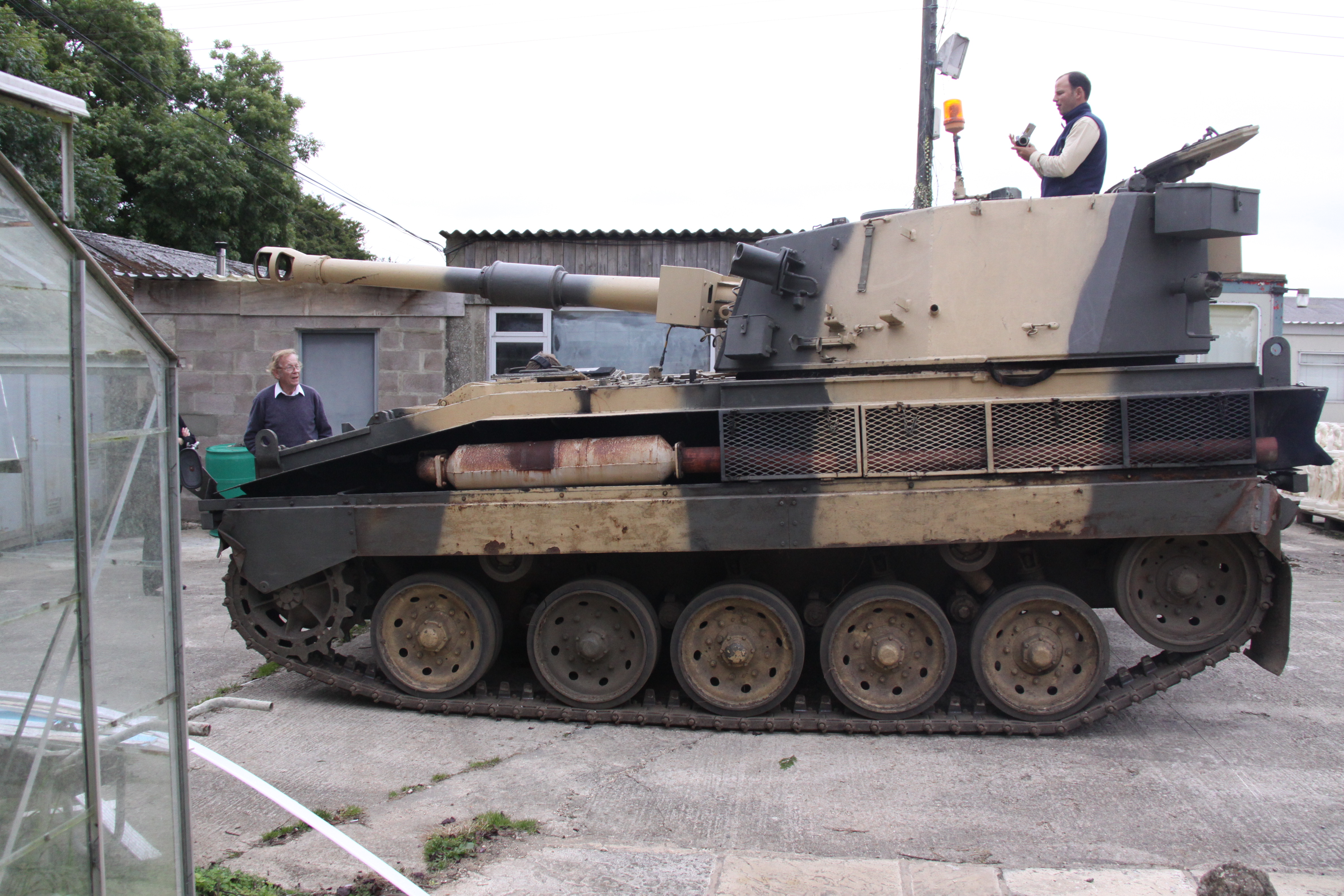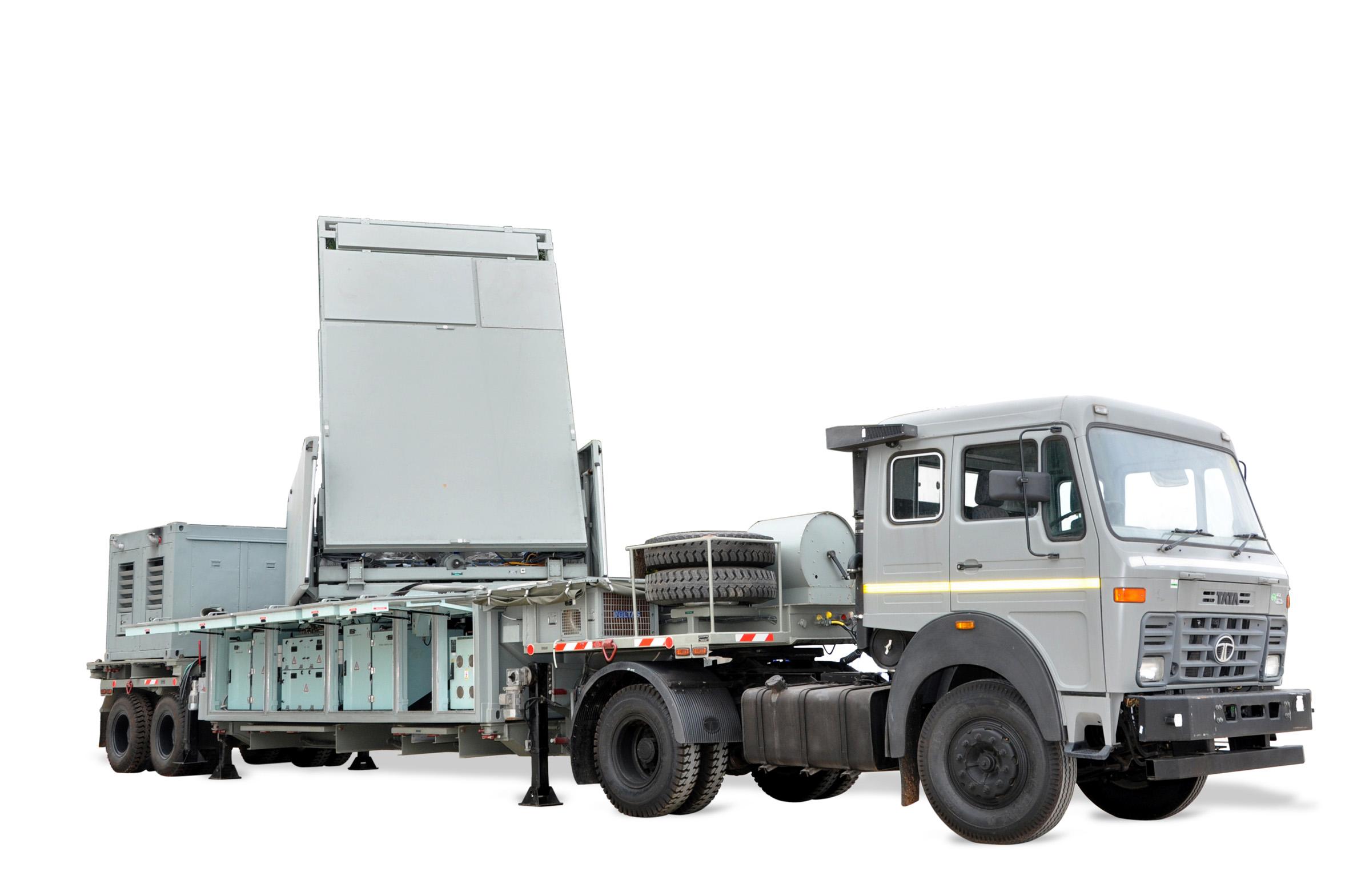|
Vehicle Research And Development Establishment
Vehicle Research and Development Establishment (VRDE) is a laboratory of the Defence Research & Development Organization (DRDO) located at Vahannagar near Ahmednagar. Its primary function is research and development of various light tracked, wheeled and specialised vehicles for defence applications. History The history of Vehicle Research & Development Establishment dates back to 1929, with the inception of Chief Inspectorate of Mechanical Transport (CIMT) at Chaklala now in Pakistan. In 1947, the Establishment was shifted to Ahmednagar and was renamed as Technical Development Establishment (Vehicles), popularly known as TDE (V). In 1962, the engineering wing was separated with the establishment of an independent establishment at Pune, named as Research & Development Establishment (R&DE). Further in 1965, the activities were bifurcated between ‘R&D’ and ‘Inspection’ and two separate establishments viz. Vehicle Research & Development Establishment (VRDE) and Control ... [...More Info...] [...Related Items...] OR: [Wikipedia] [Google] [Baidu] |
Ahmednagar
Ahmednagar (), is a city located in the Ahmednagar district in the state of Maharashtra, India, about 120 km northeast of Pune and 114 km from Aurangabad. Ahmednagar takes its name from Ahmad Nizam Shah I, who founded the town in 1494 on the site of a battlefield where he won a battle against superior Bahamani forces. It was close to the site of the village of Bhingar. With the breakup of the Bahmani Sultanate, Ahmad established a new sultanate in Ahmednagar, also known as Nizam Shahi dynasty. Ahmednagar has several dozen buildings and sites from the Nizam Shahi period. Ahmednagar Fort, once considered almost impregnable, was used by the British to house Jawaharlal Nehru (the first prime minister of India) and other Indian Nationalists before Indian independence. A few rooms there have been converted to a museum. During his confinement by the British at Ahmednagar Fort in 1944, Nehru wrote the famous book '' The Discovery of India''. Ahmednagar is home to the Ind ... [...More Info...] [...Related Items...] OR: [Wikipedia] [Google] [Baidu] |
Vehicle Factory Jabalpur
Vehicle Factory Jabalpur (Hindi: वाहन निर्माणी जबलपुर), is a military motor vehicle factory, located in Jabalpur, Madhya Pradesh, India, part of Armoured Vehicles Nigam Limited which was previously a part of Ordnance Factory Board, controlled by the Ministry of Defence, Government of India. History The production of Shaktiman trucks (MAN 415 L1 AR), Jonga (Jabalpur Ordnance and Guncarriage Assembly) Light Utility Vehicles and the Vahan 1 ton (Nissan 4W73 Carrier), began at the Gun Carriage Factory Jabalpur, in 1959. Pandit Jawaharlal Nehru, the then Prime Minister of India, was present to witness rolling out of the first batch of vehicles at GCF. It was shifted to the present location in 1969. It started manufacturing Shaktiman trucks with license from MAN SE of Germany, along with Jonga and Vahan 1 ton under license from Nissan of Japan. All three of the above products have been retired and replaced by the new products. Products VFJ man ... [...More Info...] [...Related Items...] OR: [Wikipedia] [Google] [Baidu] |
FV433 Abbot SPG
FV433, 105mm, Field Artillery, Self-Propelled "Abbot" is the self-propelled artillery, or more specifically self-propelled gun (SPG), variant of the British Army FV430 series of armoured fighting vehicles (AFVs), using much of the chassis of the FV430 but with a fully rotating turret at the rear housing the 105 mm gun and given the vehicle designation of FV433. Designed as a Sexton replacement, its correct designation was "Gun Equipment 105mm L109 (Abbot)"; L109 was little used, probably to avoid confusion with the 155 mm M109 howitzer that entered UK service at about the same time. The name "Abbot" continued the Second World War style of naming self-propelled artillery after ecclesiastical titles. The FV433 used a different configuration of power pack from other vehicles in the FV430 series. Development Ammunition A completely new ammunition family, comprising shells, fuzes and cartridges, was designed for Abbot's L13 gun, designated 105 mm Field (105 mm ... [...More Info...] [...Related Items...] OR: [Wikipedia] [Google] [Baidu] |
Ordnance Factories Board
Ordnance Factory Board (OFB), consisting of the Indian Ordnance Factories, now known as Directorate of Ordnance (Coordination & Services) was an organisation, under the Department of Defence Production (DDP) of Ministry of Defence (MoD), Government of India. The 41 Indian Ordnance Factories have been converted into 7 Defence Public Sector Undertakings (DPSUs). OFB was the 37th-largest defence equipment manufacturer in the world, 2nd-largest in Asia, and the largest in India. OFB was the world's largest government-operated production organisation, and the oldest organisation in India. It had a total workforce of about 80,000. It was often called the "Fourth Arm of Defence", and the "Force Behind the Armed Forces" of India. Its total sales were at () in the year 2020–'21. It was engaged in research, development, production, testing, marketing and logistics of a product range in the areas of air, land and sea systems. OFB consisted of forty-one ordnance factories, nine traini ... [...More Info...] [...Related Items...] OR: [Wikipedia] [Google] [Baidu] |
Rajendra Radar
Rajendra is a passive electronically scanned array radar developed by the Defence Research and Development Organisation (DRDO). It is a multifunction radar, capable of surveillance, tracking and engaging low radar cross section targets. It is a ground surveillance radar and is a great source of surveillance operating at frequency around 20 GHz. It is mainly used to track enemy's installations. Description Rajendra is a slewable passive phased array radar used for 3-D target detection, multi target tracking and multiple missile guidance under extreme hostile EW environment. It makes use of a passive phased array to search a volume of space, distinguish between hostile and friendly targets, automatically track up to 64 targets and command one of several launchers to engage up to 4 targets simultaneously. Initially designed as a standalone system, Rajendra is now equipped with the ability to integrate with a network of sensors, including long and medium-range surveillance rad ... [...More Info...] [...Related Items...] OR: [Wikipedia] [Google] [Baidu] |
|



